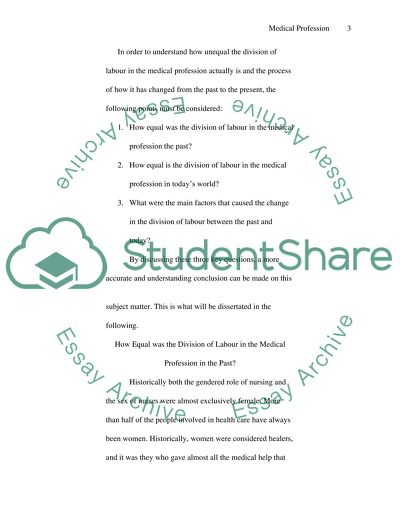Cite this document
(“The Medical Profession Essay Example | Topics and Well Written Essays - 3000 words”, n.d.)
The Medical Profession Essay Example | Topics and Well Written Essays - 3000 words. Retrieved from https://studentshare.org/sociology/1534385-the-medical-profession
The Medical Profession Essay Example | Topics and Well Written Essays - 3000 words. Retrieved from https://studentshare.org/sociology/1534385-the-medical-profession
(The Medical Profession Essay Example | Topics and Well Written Essays - 3000 Words)
The Medical Profession Essay Example | Topics and Well Written Essays - 3000 Words. https://studentshare.org/sociology/1534385-the-medical-profession.
The Medical Profession Essay Example | Topics and Well Written Essays - 3000 Words. https://studentshare.org/sociology/1534385-the-medical-profession.
“The Medical Profession Essay Example | Topics and Well Written Essays - 3000 Words”, n.d. https://studentshare.org/sociology/1534385-the-medical-profession.


